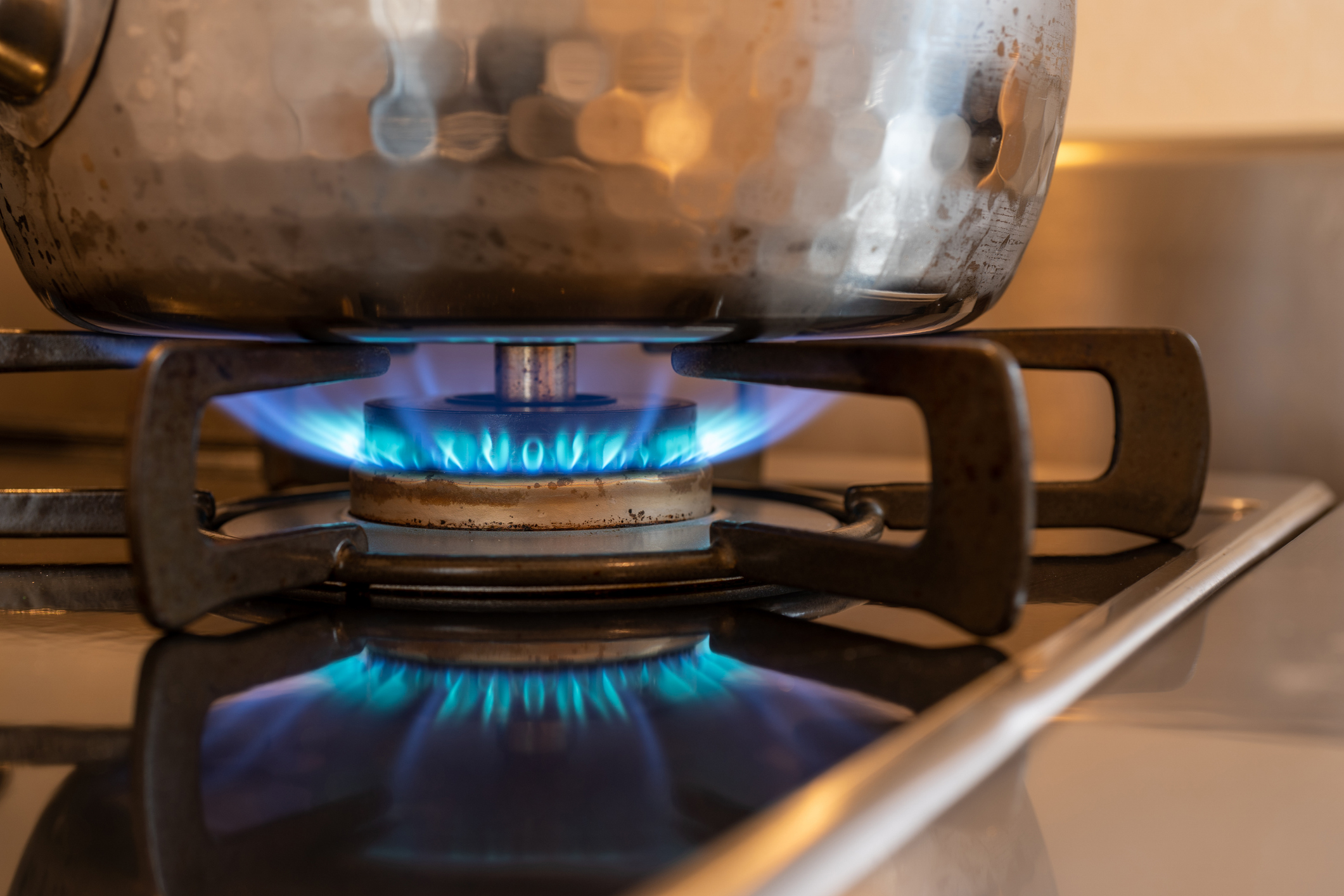Gas Connection FAQ

Usually gas supply is not physically disconnected between tenants however the process of setting up an account with a provider is commonly referred to as a connection. At the beginning of your tenancy, your provider will arrange a start read of the gas metre. Gas metres are read manually by the gas distributor and data is fed back to the gas provider.
Further reads are taken bi-monthly to determine consumption, calculate costs and prepare your bill. The provider generally requires a minimum of three business days notice to ensure the start read is taken the day you move in. Metre reads are only taken on weekdays so if you are moving in on a Saturday, your start read date will be the Friday before your move.
In some cases, for example if a previous tenant has defaulted on paying their bill, a provider will manually plug the gas line. This stops gas supply to the property. Removing this plug requires a visit from a registered gas plumber organised by your gas provider.
Gas providers generally do not charge a connection fee. Gas distributors however, are responsible for maintaining pipes and metres as well as reading metres, and do usually charge connection and disconnection fees which are passed on through your gas provider. These fees vary depending on the area you live, generally ranging between $10 and $50.
If you are a concession card holder, you may be eligible for a discount on supply and usage charges as well as connection and disconnection fees.
Some properties, such as large apartment buildings or townhouse developments, have a bulk hot water system where water is centrally heated and supplied directly to each apartment. This water is usually heated by gas. Each individual apartment has a hot water metre and the gas company bills individual apartments directly for their hot water usage.
Individual tenants do not have a choice of provider for this service as it is usually determined by the building owner or body corporate. Your gas consumption for other appliances (e.g. ovens and cooktops) will be included on the same bill if you choose the same provider, or separately billed if you choose an alternative gas provider. Cold water consumption is billed separately by your water provider.
If you are moving into a large apartment, BeMoved and your body corporate can help you determine if there is a bulk hot water agreement in place.
Natural gas deposits were formed hundreds of millions of years ago from decomposing microorganisms, plants and animals deep below the earth’s surface. Some of these deposits are located below land (onshore) whilst others are located under the ocean (offshore). Natural gas is extracted from these deposits, processed and distributed around Australia via a large network of pipelines.
Regardless of which provider you choose, your gas will come from the same distribution network. Retailers buy gas from the distributor and on-sell it to their customers.
LPG is a mixture of flammable hydrocarbon gases including butane and propane. These gases come from both onshore and offshore oil and gas deposits. The mixed gas is liquefied under pressure, reducing its volume and allowing it to be bottled and easily transported to users.
Your options when choosing a gas provider depend on the state you live in. Victoria has 15 gas providers available, the most of any Australian state, though not every provider operates in all areas, and some will only provide a gas service if you also purchase your electricity from them. Some states and territories are regulated, and only one gas provider supplies all customers in the state.
If you live in a regional area, and don’t have access to ‘mains’ gas (natural gas delivered via pipeline), bottled LPG can usually be purchased and delivered to your door in most areas. There are a number of LPG providers to choose from.

